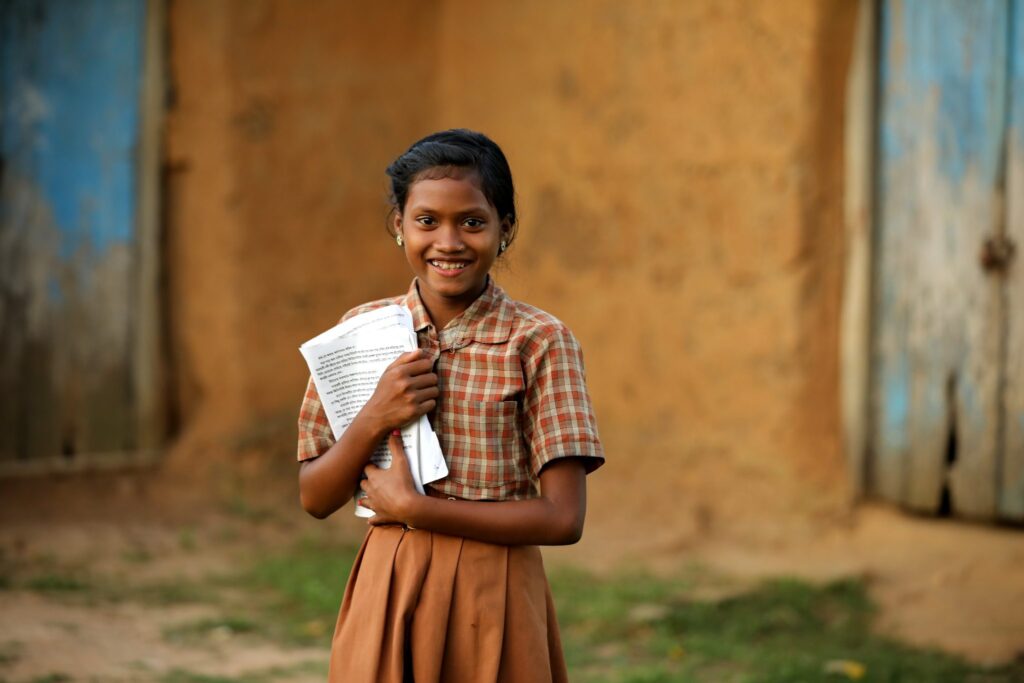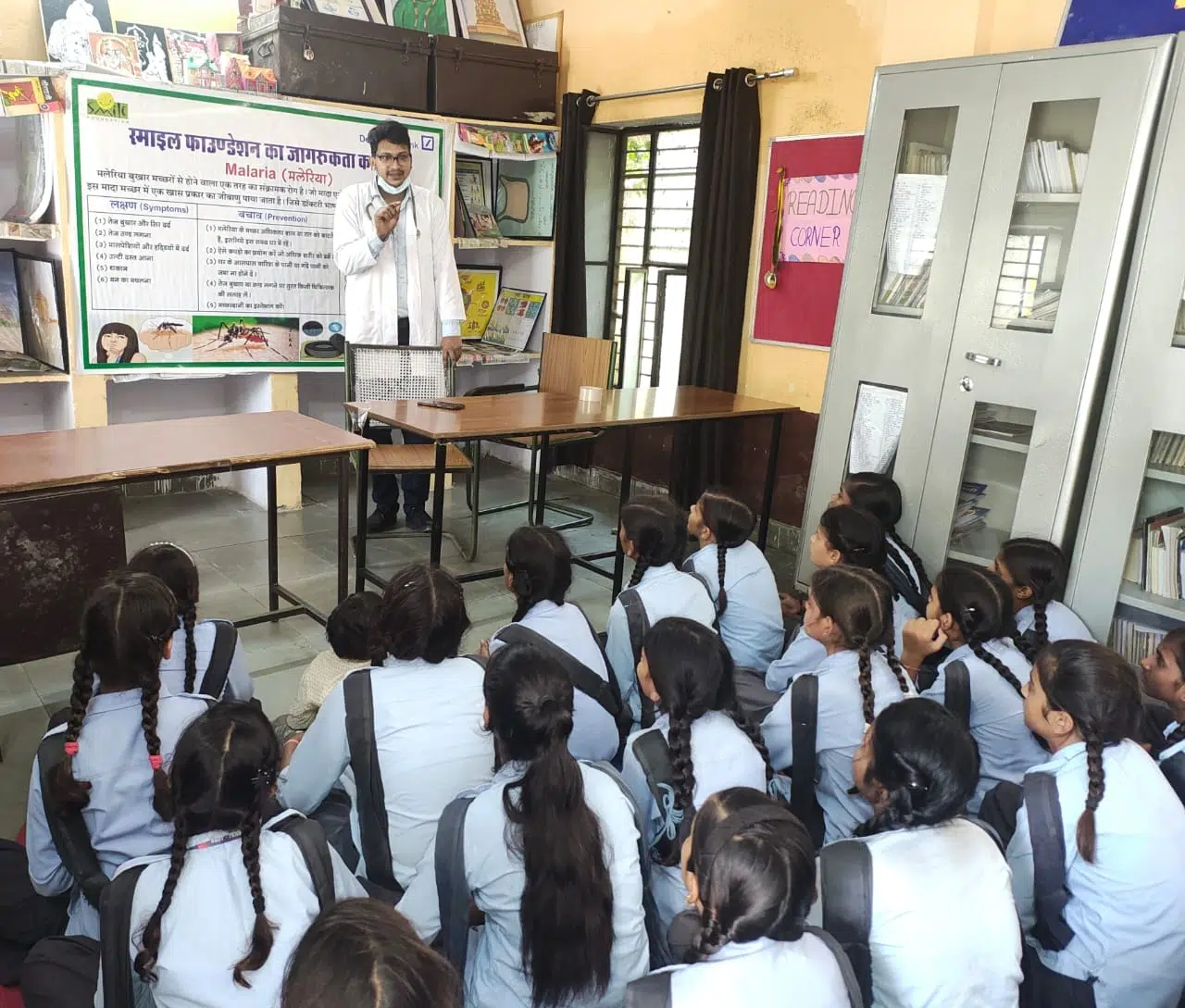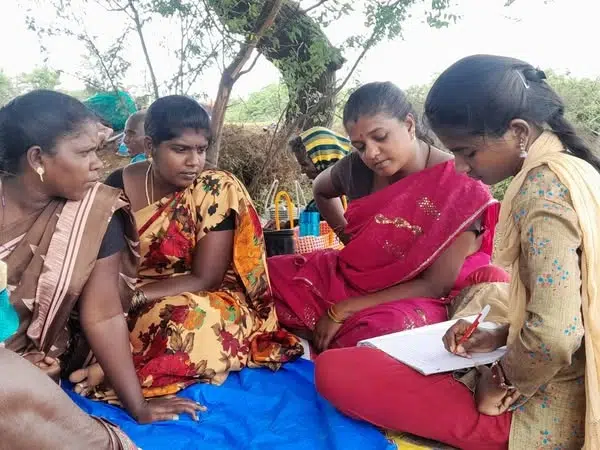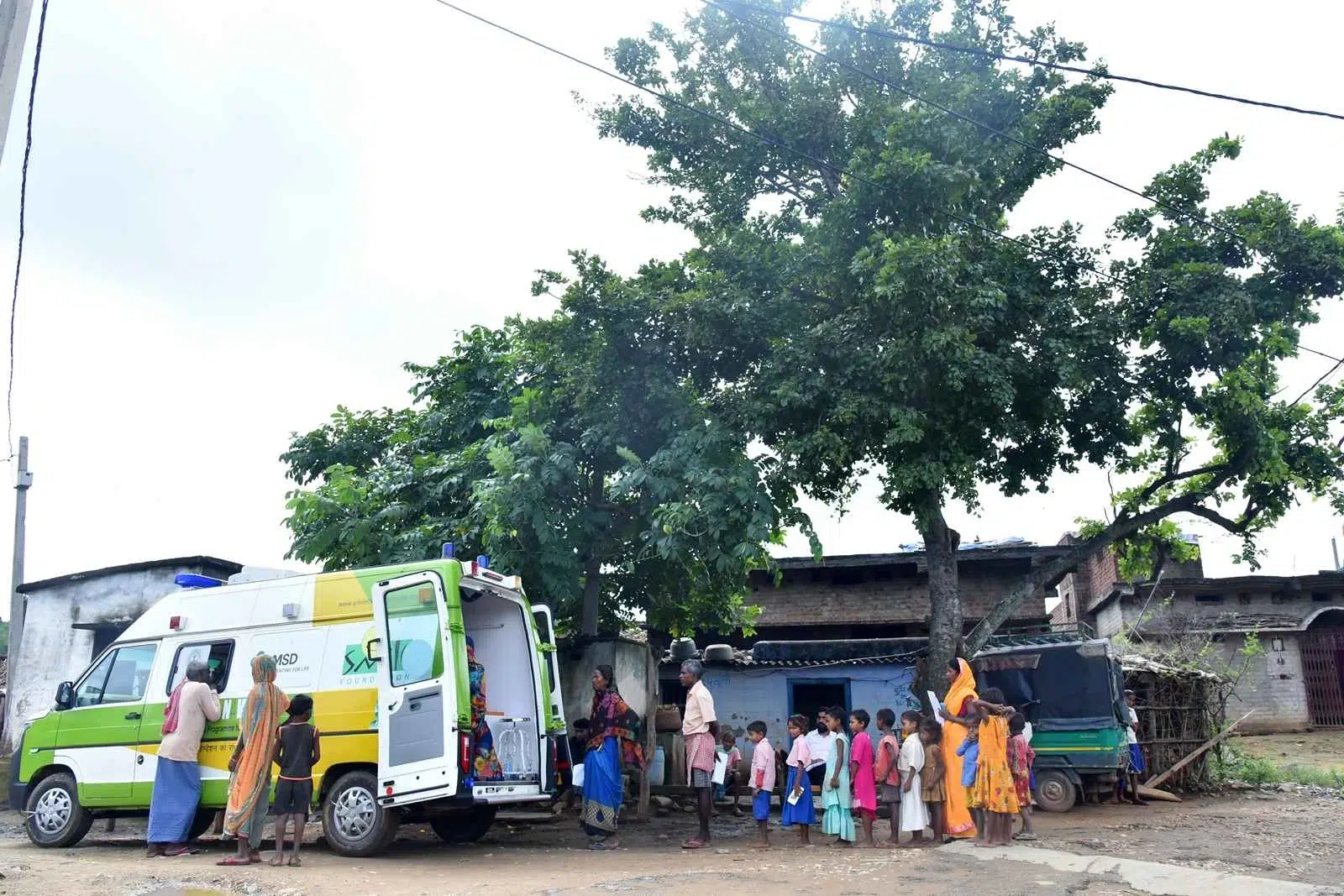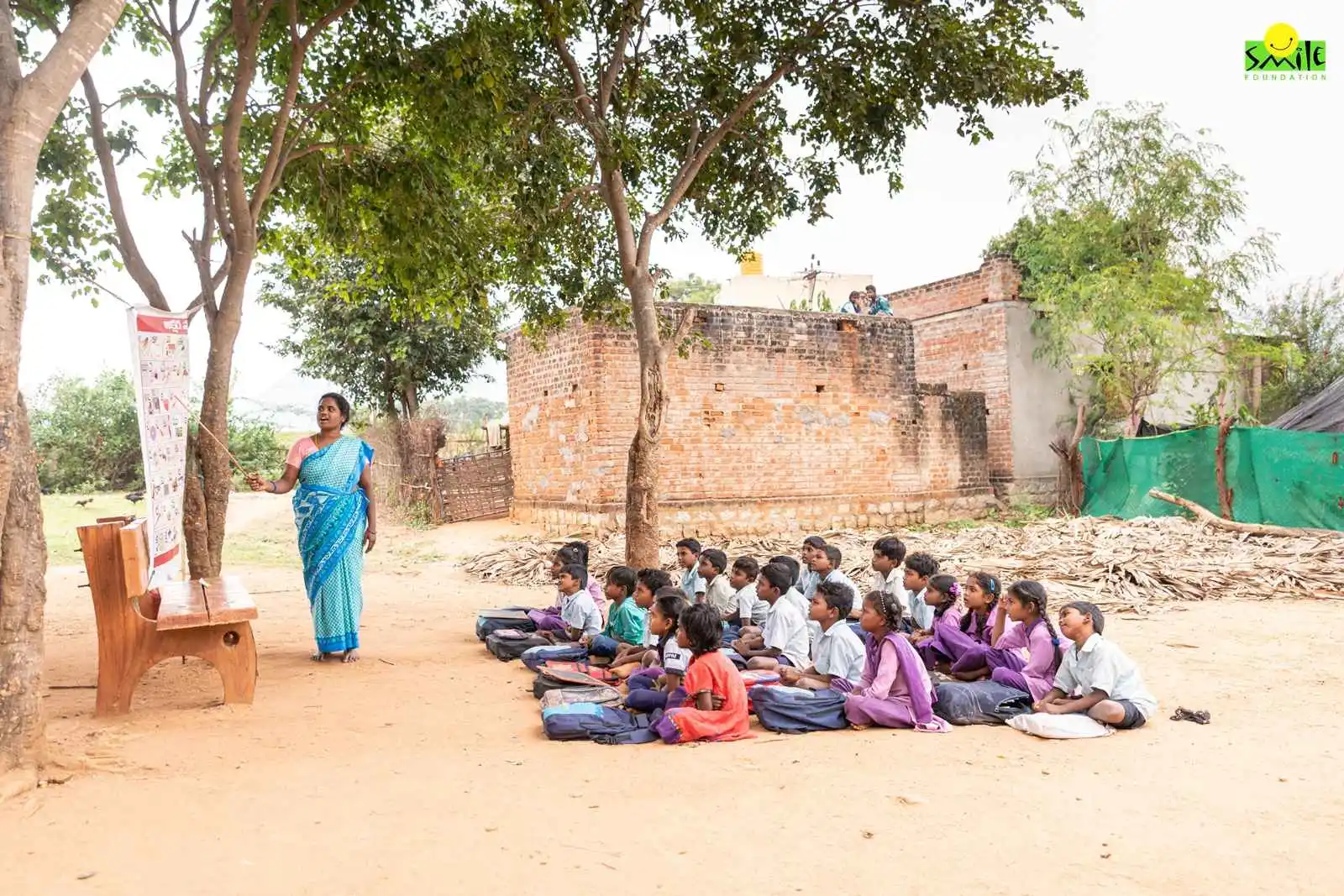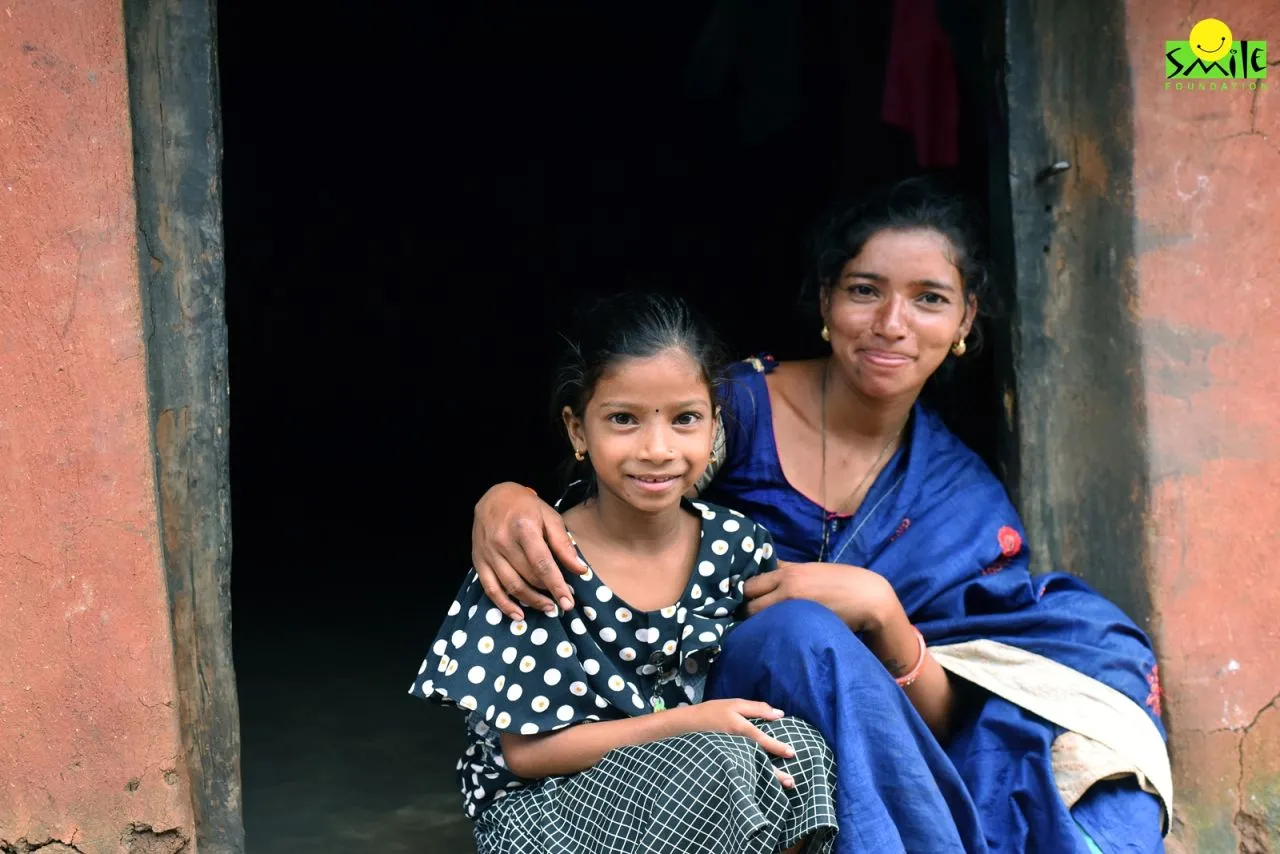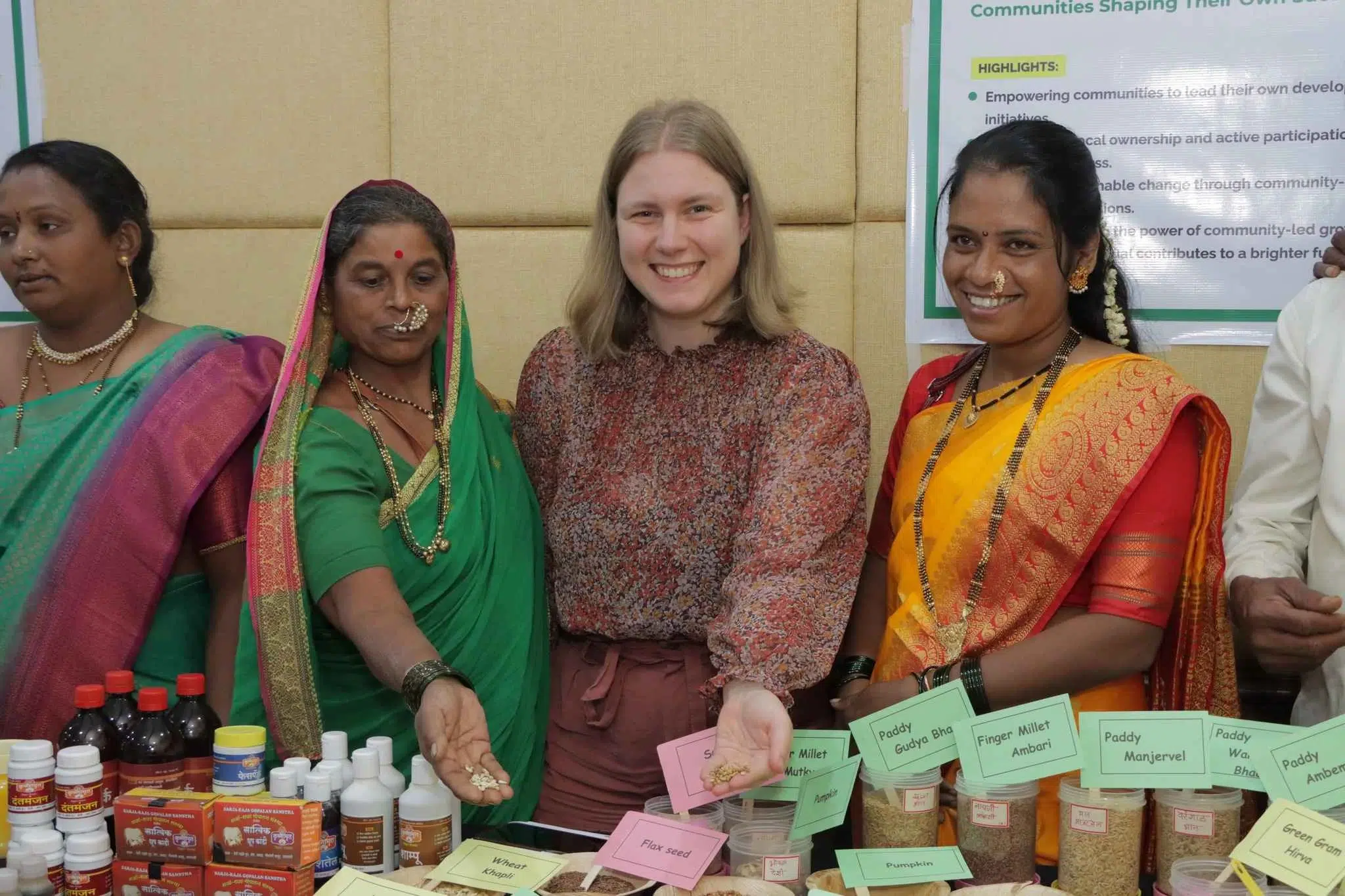India is home to one of the oldest civilizations in the world and occupied a revered seat of learning in ancient times.
The Indian education system has a glorious past that dates back to the ‘gurukul’ system in the Vedic age. Traditionally, the education system in India was more pragmatic, holistic, inclusive and functional. However, unfortunately, the current education system in India bears very little resemblance to its previous form and is plagued by many operational and strategic problems which call for urgent reforms.
Genesis and Changes in the Indian Education system
The Indian education system has come a long way from ‘gurukuls’ to digital classrooms. The unique history of Indian education system is divided into following periods in time:
Vedic Age: Before the 6th century BC, education was imparted in ‘gurukuls’ where students stayed with gurus or teachers and imbibed all kinds of life skills along with subjects like astronomy, medicine, mathematics, law, art of debate etc. The objective of education was to improve both outer and inner dimensions of the pupil.
Buddhist Period: During the period of 600 BC-1200 AD, learning centers developed around Buddhist monasteries/ viharas. Famous universities like Takshashila and Nalanda emerged during this period and attracted students from many parts of the world. Education aimed at physical, mental and moral development of an individual and gave functional knowledge to tackle real-life situations.
Medieval Period: This was the time of Mughal era (1200 AD-1800 AD) when there was Islamic influence on education. Maktabas and madrasas came into existence which offered Islamic religious education along with subjects like grammar, philosophy, literature, medicine, etc.
British Colonial Era: The essence of the ancient Indian education system was completely altered by the introduction of modern education during the colonial era. The use of the English language expanded. However, the focus of education shifted from functional knowledge to just passing tests and obtaining grades giving birth to an academic rat race causing severe dents to quality of education over time.
Post-independence period: The current system of education in India is an extension of the mass education system introduced during the British Raj. Establishment of organizations like UGC, AICTE, IITs, and IIMs in the years following independence has been instrumental in changing the education scenario. Though there has been a remarkable increase in the number of schools, colleges, and universities post-independence, the qualitative aspect of our educational institutes is still lagging.
Significant gaps in the Indian Education System
The major problems in the progress of our Indian education system can be identified as the following:
Low Budgetary allocation: Though there is an absolute increase in the outlay for school education and higher education in the budget of 2022-23, the total education outlay has stagnated and is the same as that in 2013-14, when compared as a percentage of GDP. The lack of sufficient funds is a major hurdle in improving the quality of educational infrastructure and teaching resources.
Cost of Higher education: Higher education is a costly affair in India. Privatization of higher education and the growth of profit-oriented education entrepreneurs have made affordability of professional and technical education a major challenge in the current Indian education system limiting access of mainly rural population and economically weaker sections to qualitative higher education.
Outdated Educational system: Syllabus taught in our schools and colleges is mainly general education oriented and does not prepare students for the real world. Moreover, there is very little scope and encouragement for research and development and education imparted is theoretical in nature.
Evaluation and assessment system: While education equipped an individual with life skills in ancient India, today its definition and purpose have narrowed down to only securing a job. Rote learning has become the norm and students are expected to cram the syllabus and reproduce it in tests and exams. Students, parents and teachers have become part of an academic rat race that adversely affects innovation and out-of-box thinking.
Condition of Primary Education: Lack of basic infrastructure like classrooms, learning resources, urinals, etc. in primary schools often results in children dropping out of school. A UNICEF report states that 29% of boys and girls drop out before completing their elementary education. This leads to wastage of financial and human resources.
Importance of English over Indian languages: English being the primary medium of instruction in higher education, students from rural areas or with a schooling background of vernacular medium face huge challenge in following lessons and coping with the syllabus.
Indian education system: Problems and Solutions
The Indian education system is the single largest system of its kind with 1.5 million schools and 250 million children enrolled in the education system. However, the existing gaps adversely impact our current education system from delivering the desired results. Thus, it calls for immediate action to understand and find effective solutions to these problems.
True education is functional and applicable in the real world. Since we live in the age of technology, our education system also needs to be revamped accordingly. Technological awareness should be imparted to students earlier in their careers which helps them to match pace with changing times.
Our curriculum needs to shift from theoretical to practically oriented and prepare students for real-world challenges and jobs of the future. Also, moral education or value-based education should be included and prioritized to build character and encourage children to be better citizens.
Our evaluation system also needs to change to relieve the stress and drive children to study to learn rather than score marks. Knowledge, skills, and application-based assessment would help to break the chain of rote learning.
Teachers are the backbone of our education system. A properly trained, updated and motivated teacher can work wonders on a student. Hence, teachers should be trained and updated as per the current requirements. Hiring qualified teachers and paying them decent salaries is a necessary step to improve our education system.
New Education Policy 2020
In an attempt to revamp the old education policy and adapt it to the present age, the government of India approved the National Education Policy in 2020. The salient features of this new education policy are:
- Restructuring school curricula into a 5+3+3+4 format to correspond to different developmental stages of learners
- Reforms in assessment system
- Emphasis on Indian languages
- Center and state shall work together to increase education outlay to 6% of GDP
- Ensuring universal access at all levels of schooling
- Equal emphasis on all streams of education, academic and vocational education
Donate for Education in India
Quality education is the right of every child but millions of children remain deprived of this fundamental right due to poverty and lack of funds. The government and many other organizations are sincerely working to make education universal. However, the civic society should also lend a helping hand by donating for education in India, for, in an educated child of today lies a responsible citizen of tomorrow.
Please take a look into Smile Foundation’s flagship initiative, Mission Education (ME) to learn more about the efforts made to change the face of education for many underprivileged children in India.



